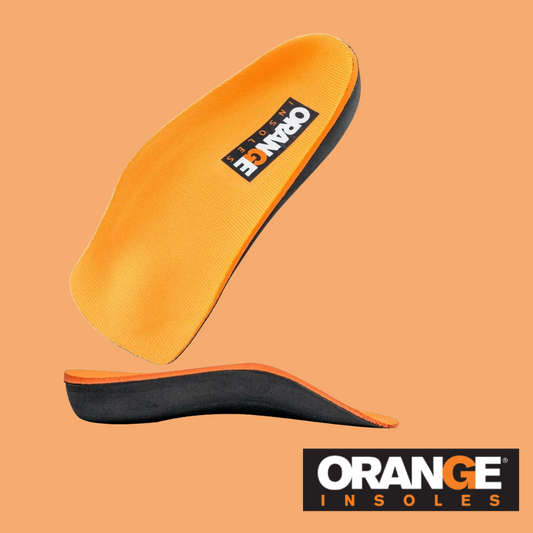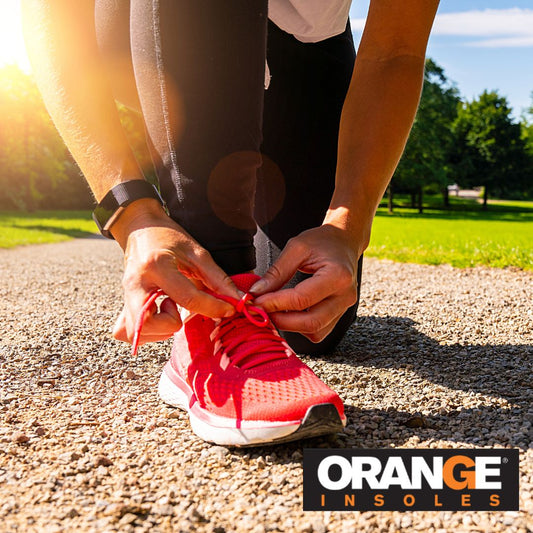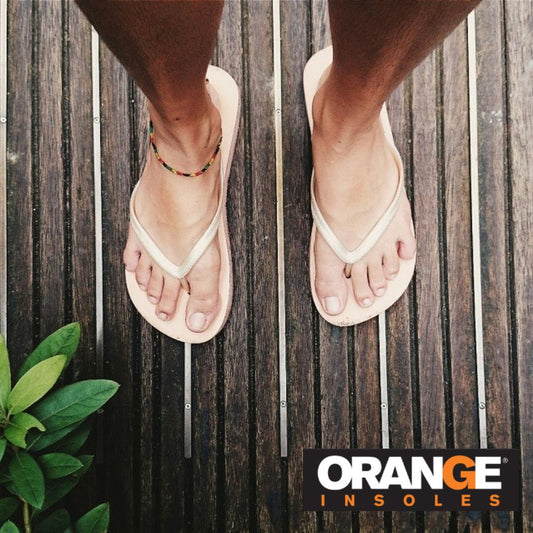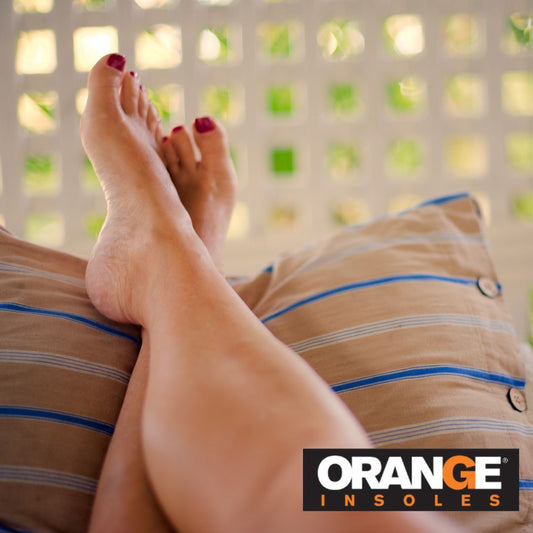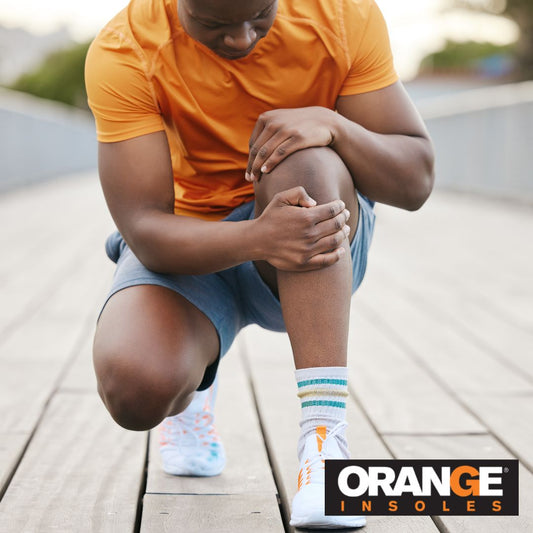Fore! For many, the approaching spring means warmer weather, longer days, and trips to the water…for others it means golf.
If you’re already daydreaming about hitting the course, make sure you’re prepared. And we don’t mean shining your clubs. Start walking around now and making sure your shoes fit to avoid injury.
Check out these common golf injuries of the foot to find out how you can keep swinging all spring and summer.
Heel Pain, or Plantar Fasciitis is inflammation of the plantar fascia, a band of tissue stretching from your heel to the bones in the middle of your foot. It serves as arch support as well as a shock-absorber in your foot so any injury to this area can be especially painful.
Walking across a golf course can irritate this condition, especially if the fascia is already irritated.
This injury is especially likely to occur if, after a winter of not doing much, you head out to the golf course for 18 and do a lot of walking. It’s most common in those whose everyday lives suddenly require them to be on their feet a lot, whether standing, walking or running.
But if you want to hit the course pain-free, you can always add an insole to your golf shoe.
SHOP for INSOLES
SHOP for INSOLES
Metatarsalgia
Your metatarsals are located in your forefoot, so if you have forefoot pain, these bones and the muscles and cartilage surrounding them, are probably to blame.
Constant pain in the ball of your foot or the area around the big, second, and third or fourth toe is often known as Metatarsalgia and presents as a sharp or burning pain.
This type of pain is often caused by the foot impacting hard surfaces while walking or running and poor distribution of weight throughout the foot. When you’re out on the course, make sure you’re practicing proper walking form so there is even weight distribution on all parts of the foot.
Capsulitis of the Second Toe
The ligaments surrounding the joint at the base of the second toe form a capsule that helps protect the joint so it can function properly. When these ligaments become inflamed, it’s known as capsulitis.
The inflammation can cause considerable so if you’re experiencing pain in this area, it might be a good idea to take a break from the course to find out what’s going on. If left untreated this condition can eventually lead to a weakening of the surrounding ligaments and can cause dislocation of the toe.
Neuromas
A neuroma occurs when nerve tissue thickens. Because a neuroma is just thickening tissue, it can occur anywhere on the foot where there is tissue but the most common is a Morton’s Neuroma. Morton’s Neuroma is the term for this thickening of tissue between the third and fourth toes.
Since Morton’s Neuroma is caused by compression or irritation of the nerve, anything that pushes the foot into unnatural shapes can cause a neuroma. So when you’re on the course, make sure your shoes fit and that they’re offering quality support.
Sesamoiditis
A sesamoid is a bone embedded in a tendon. The sesamoids help the big toe function properly by providing leverage when the big toe pushes off the ground when walking or running. The sesamoids also serve as a weightbearing surface for the first metatarsal bone (the long bone connected to the big toe).
Acting as a pulley for tendons, the sesamoids help the big toe move normally and provide leverage when the big toe pushes off during walking and running. The sesamoids also serve as a weightbearing surface for the first metatarsal bone (the long bone connected to the big toe), absorbing the weight placed on the ball of the foot when walking, running and jumping.
Sesamoiditis occurs from overuse and increased pressure on these bones and causes chronic inflammation in the tendons surrounding the sesamoid bone. This pain is likely to present in the big toe joint and may come or go with certain activities.
While these conditions can all be caused by a variety of factors including other conditions of the foot, make sure to keep an eye out for any unusual pain or discomfort on the course to avoid permanent injury.
The best way to prevent any of these injuries (or others) before hitting the course is:
- Get some activity in before heading out for a long game
- Make sure your golf shoes fit
- Make sure you have the support you need
- Take breaks both on the course and between the days you go out
- Practice proper alignment when swinging
Oh yea, and good luck!


















